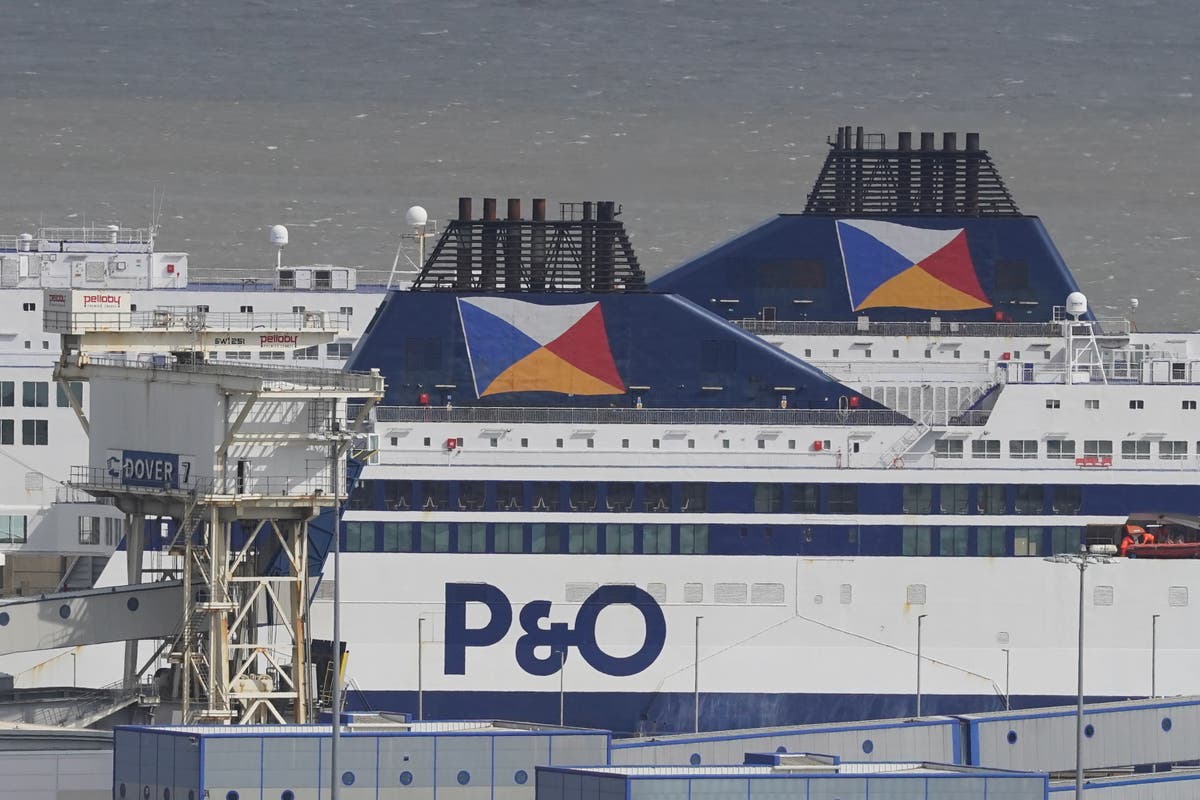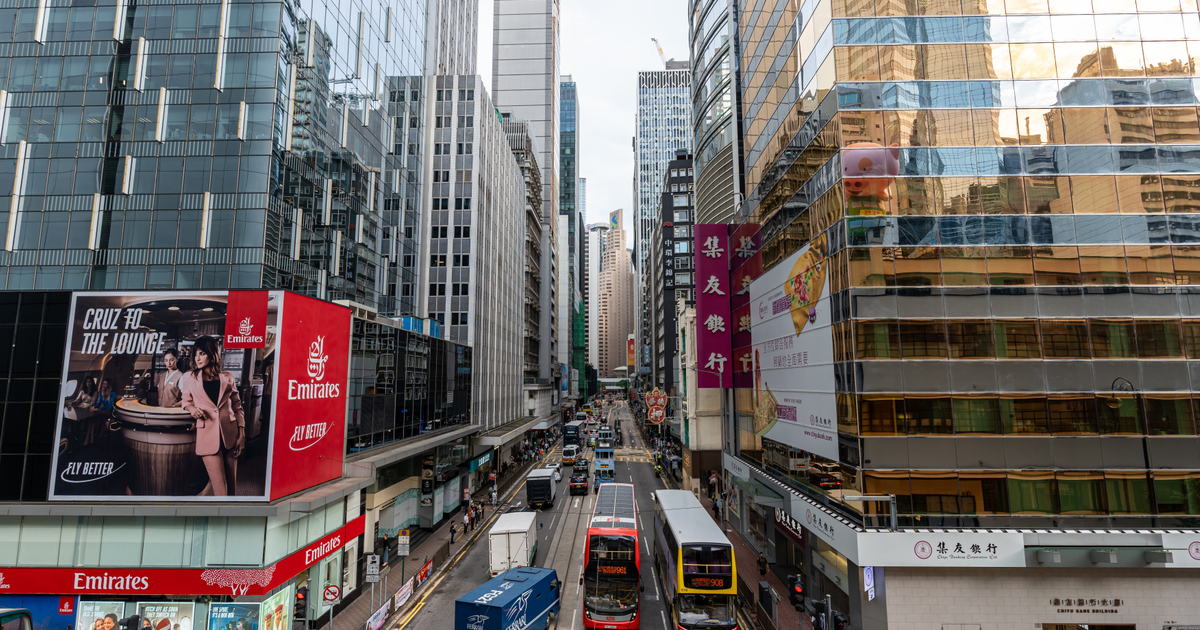Why this Moroccan mountain town should be your next short break
Just 90 minutes from the crowded souks of Marrakech, the Ouirgane Valley offers adventure and relaxation. Annabel Grossman recommends combining the two on a trip to the High Atlas Mountains

Sign up to Simon Calder’s free travel email for expert advice and money-saving discounts
Get Simon Calder’s Travel email
To find the best place to holiday in an unfamiliar country, it pays to follow the locals. When temperatures soar to the high 30s in Marrakech, you’ll find Moroccan families, couples and groups of friends heading out of the city to the cooler climes of the Ouirgane Valley.
This oasis of greenery in the High Atlas Mountains, just on the edge of Mount Toubkal National Park, feels a world away from the crowded souks and winding city streets of Marrakech, just 65km down the road.
At a time when travellers are seeking an ‘authentic’ experience, Ouirgane delivers. While the town of Ouirgane is pleasantly busy on weekends and Moroccan holidays, a few days in the valley and you’d be hard pressed to find another British tourist among the hotels, bars and restaurants, or along the trails that snake through the mountain villages.
(Annabel Grossman for The Independent)
Despite the region actively encouraging tourism – like many other areas of Morocco, it struggled desperately with the loss of visitors during the pandemic – it still feels relatively undiscovered. There are no chain hotels or restaurants here, wifi can be patchy, if it exists at all, and any tour providers will likely work closely with local communities. This means the money you spend will likely go to the people who live, farm, work and go to school in the region.
Read more: Hiking Morocco’s mighty peaks in the Atlas Mountains
Hassan Errami, a local guide who leads tours with Intrepid Travel, says that, the majority of the time, they will only use Moroccan suppliers – whether that’s hotels, the farmers who supply the restaurants or the artisans they shop from.
Although the trails between villages are often well marked and relatively safe to hike alone, you’ll have a far better experience with one of the local Berber guides, who know the mountains intimately.
Exploring local villages in the Ouirgane Valley
(Annabel Grossman for The Independent)
Hassan’s family have lived in the neighbouring Imlil Valley for generations, and many of the local people we meet in the villages are family or friends he’s known all his life. When you’re out with a guide, you’ll likely find yourself invited into homes for a cup of traditional Moroccan green tea, the serving of which is something of an art. Guides will also arrange lunch with a local family, using food fresh from the nearby farms, for around 150 dirhams (£12).
Ask any traveller who’s been to the area, and they’ll speak of the almost legendary hospitality of the local Berber people, who have lived in these mountains for tens of thousands of years. Hassan explains: “Berbers are very open to everyone that comes to their region. In our culture, hosting is very important – for the first three days, we never ask how long someone will stay. It’s a tradition from a long time ago but it still exists today.”
In the Ouirgane Valley and the surrounding regions, you’ll find a number of female co-operatives – producing everything from rugs to argan oil – which provide women with the employment and skills that enable economic independence. Hassan describes how tourism helps support these initiatives, and encourages travellers to shop with local artisans when visiting Ouirgane.
The restaurant in Auberge Chez Momo II
(Annabel Grossman for The Independent)
A local guide will help you feel at home in the mountain villages, but it won’t hurt to pick up a few words or phrases, too. The most common language spoken is the local Berber Tamazight, but you’ll also hear Darija (also known as Moroccan Arabic), as well as French and Arabic itself. This can make communication a little confusing, but greetings in French and Arabic will be well understood and it also helps to learn a few words in the local languages – especially ‘thank you’, which is tanmirte in Berber and shokran/choukran in Darija.
Read more on Morocco travel:
Where to stay
There are a number of very good guest houses and hotels in Ouirgane town, but the best lodging you’ll find – and at a very reasonable price – is Auberge Chez Momo II, perched above the town with a gorgeous view of the reservoir.
Auberge Chez Momo II in the Ouirgane Valley, Morocco
(Annabel Grossman for The Independent)
Owned by a local Berber family, it’s located just a short walk down to the town – although it’s worth noting you’ll need a good torch or headlamp if you want to head out for dinner or drinks in the evening. Not that you’d need to, though – Auberge Chez Momo II has a lovely restaurant, with seating both indoors and by the gorgeous pool. The menu is decent, if slightly limited, with classic Moroccan dishes made using fresh, local ingredients.
Rooms available from{{#price}}{{price}}per night{{/price}}{{^price}}Check availability for dates and prices{{/price}}
{{#amenities}}
Hotel Amenities
Food & Drink
{{#amenities.foodDrink}}{{.}}{{/amenities.foodDrink}}{{/amenities.foodDrink.length}}{{#amenities.internet.length}}Internet
Please check hotel for more information on amenities
Services
{{#amenities.services}}{{.}}{{/amenities.services}}{{/amenities.services.length}}{{#amenities.parking.length}}Parking
Please check hotel for more information on amenities
Health & Wellbeing
{{#amenities.health}}{{.}}{{/amenities.health}}{{/amenities.health.length}}{{/amenities}}
Ksar Shama is another good lodging choice if you’d rather stay in town. It’s cheaper than Auberge Chez Momo II, but still very comfortable with good facilities. The pool is surrounded by olive trees and boasts a photogenic view of the sun-baked Atlas mountains dotted with villages and lush greenery, while the restaurant and communal area are simply yet beautifully furnished.
Rooms available from{{#price}}{{price}}per night{{/price}}{{^price}}Check availability for dates and prices{{/price}}
{{#amenities}}
Hotel Amenities
Food & Drink
{{#amenities.foodDrink}}{{.}}{{/amenities.foodDrink}}{{/amenities.foodDrink.length}}{{#amenities.internet.length}}Internet
Please check hotel for more information on amenities
Services
{{#amenities.services}}{{.}}{{/amenities.services}}{{/amenities.services.length}}{{#amenities.parking.length}}Parking
Please check hotel for more information on amenities
Health & Wellbeing
{{#amenities.health}}{{.}}{{/amenities.health}}{{/amenities.health.length}}{{/amenities}}
For a budget option, there’s the Ouirgane Ecolodge. It’s clean, comfortable, has a lovely pool, and features the traditional Berber touches that characterise so many of the local hotels in the area. You’ll find hand-woven rugs, Moroccan tiling and wooden furniture in all the rooms, and many also have a balcony or access to a private garden, as well as mountain views. Considering the very modest prices, it’s excellent value for money.
Rooms available from{{#price}}{{price}}per night{{/price}}{{^price}}Check availability for dates and prices{{/price}}
{{#amenities}}
Hotel Amenities
Food & Drink
{{#amenities.foodDrink}}{{.}}{{/amenities.foodDrink}}{{/amenities.foodDrink.length}}{{#amenities.internet.length}}Internet
Please check hotel for more information on amenities
Services
{{#amenities.services}}{{.}}{{/amenities.services}}{{/amenities.services.length}}{{#amenities.parking.length}}Parking
Please check hotel for more information on amenities
Health & Wellbeing
{{#amenities.health}}{{.}}{{/amenities.health}}{{/amenities.health.length}}{{/amenities}}
If you’re after high-end luxury, 15km (roughly a 25-minute drive or bus ride) from Ouirgane you’ll find the Kasbah Tamadot, located in Asni. Locals will tell you Richard Branson fell in love with the region during a ballooning trip, and decided to build a hotel here.
A luxury Berber tent at Kasbah Tamadot hotel
(Kasbah Tamadot )
Yes, it’s expensive, but it’s worth it. The views of the surrounding mountains are nothing short of spectacular (the star gazing at night is breathtaking), and the rooms are opulent without being ostentatious. There are several dining options in the hotel itself, including rooftop and pool terraces, plus the option to stay in (exceptionally luxurious) Berber tents.
The hotel also has several initiatives to support the local Berber people and to benefit the surrounding communities. A full 100 per cent of the staff are Moroccan, with most of the team coming from the local Berber community.
What to do
The main reason tourists head to the High Atlas Mountains is to hike the many trails that wind their way through the traditional Berber villages. Adventure seekers will be tempted by the mighty Mount Toubkal, which, at 4,167m, is a challenging climb and takes three or fours days, but there are many other beautiful trails to suit the more casual hiker.
Lunch at one of the local villages
(Annabel Grossman for The Independent)
Local guides cost around 400 dirhams (£32) and are well worth the cost. You’ll find many of the most knowledgeable guides through word of mouth, so ask at your hotel if you haven’t pre-booked a tour.
Mountain biking is also popular in spring (from the end of February to May) and autumn (October through to December).
Ouirgane is also somewhere to enjoy a slower pace of live, with many tourists opting to relax by the pool or stroll down to the town to explore the shops, co-operatives and handicrafts. Craft workshops, such as weaving, pottery and painting, are also popular. You can expect to pay about 100 dirhams (£8) for a couple of hours’ weaving and 250 dirhams (£20) for a pottery class. Again, word of mouth is key here, and your hotel or local guide can help connect you with local artisans.
Further afield, you’ll find the Asni Valley (around 150 dirhams or £12 in a taxi), where there’s a weekly market every Saturday, and camel and horse riding.
There’s also the very beautiful Imlil Valley, which is about 1,700m above sea level, and where hikers tend to set off from for Mount Toubkal. The trip should cost about 300 dirhams (£24) from Ouirgane in a taxi.
Hiking one of the many trails that wind through the High Atlas mountains
(Annabel Grossman for The Independent)
When to go
Spring is the ideal time to travel to the Atlas Mountains, as the temperatures are high without being unbearably hot. In April and May, you’ll enjoy warm days (mid to high 20s, sometimes stretching into low 30s) and cooler nights.
By June, the heat starts to become uncomfortable and you’d have to be pretty hardy to put up with the high temperatures that reach the 40s. Autumn has pleasant temperatures, although rather chilly evenings, and you’ll be able to watch the oil harvest, which runs from the end of October to early December.
How to get there
Direct flights from the UK to Marrakech are available on a number of airlines, including easyJet, Ryanair, British Airways, Wizz Air and Tui. The flight time is around three hours.
It takes around 90 minutes to reach Ouirgane from Marrakech. A communal taxi from Marrakech to Ouirgane should cost around 75 dirhams (£6), while you can get a private taxi for about 400 dirhams (£32) or a tourist van from between 500 and 600 dirhams (£40 to £47).
Intrepid Travel’s Ouirgane retreat costs from £445, and includes four nights at Auberge Chez Momo II, a cookery class, three-hour hike and visits to other villages. Price excludes flights.
The seven-day trek up Mount Toubkal with Intrepid Travel starts at £432.
Read more: The best hotels in Marrakech

 Hollif
Hollif 































